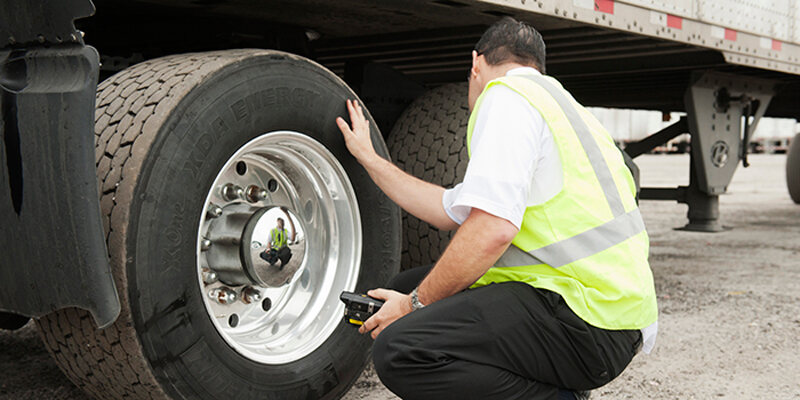For truckers, tires are our lifeline. They’re the connection between the mighty engines and the open road, the silent heroes weathering countless miles and challenging conditions. But just like any hero, tires need attention and TLC, especially when the enemy is the harsh mistress of winter. That’s where tire tread depth comes in – the unsung hero of winter traction.
Think of tread like the teeth on a gear. The deeper they are, the better they bite into the road, grabbing onto pavement like a grizzly bear chomping on salmon. In summer, a decent tread depth (around 4/32″ for steer tires) is enough for most situations. But when snow and ice blanket the roads, those shallow grooves become like smooth marbles on a skating rink – not exactly confidence-inspiring.
Here’s why good tread depth is crucial in winter:
- Slicing through snow: Deeper grooves act like tiny snowplows, channeling snow away from the tire and providing better contact with the road beneath. Shallow treads get easily clogged, reducing traction and turning your rig into a snowplow itself (not the kind you want to be).
- Breaking the ice: When temperatures plummet, water turns to ice, creating a treacherous skating rink on the road. Deep grooves have more biting edges to dig into the ice, providing some semblance of control. Shallow treads just skim over the surface, praying for divine intervention.
- Hydroplaning hero: Winter often means slush and puddles, and shallow treads can’t handle the standing water. They lose contact with the road, sending your truck into a terrifying hydroplaning dance. Deeper grooves, on the other hand, channel the water away, keeping your tires firmly planted on the pavement.
So, how do we stay tread-safe in winter? Here are some tips:
- Inspect your tires regularly: Get down and dirty with your rig. Check for uneven wear, cuts, or bulges, and most importantly, measure your tread depth with a trusty tread gauge (they’re cheap and readily available). Remember, the legal minimum isn’t always the safest minimum, especially in winter.
- Don’t be afraid to replace: If your tread depth is getting low (below 4/32″ for steer tires), don’t procrastinate. Invest in new rubber friends. Think of it as an insurance policy for your safety and your cargo.
- Consider winter tires: For areas with severe winters, winter tires are a game-changer. They have a softer rubber compound that stays flexible in cold temperatures and deeper, more aggressive treads for superior ice and snow traction.
Remember, your tires are your only contact with the road. Treat them with respect, maintain them diligently, and don’t gamble with their safety. By prioritizing proper tread depth, especially in winter, you’re not just protecting yourself and your cargo, you’re ensuring a safe and smooth journey for everyone on the road.
So, hit the road this winter with confidence, knowing your tires have the bite to handle whatever Mother Nature throws your way. Happy (and safe) trucking!

